Basel, Switzerland, is a historic and culturally rich city located in the northwestern part of Switzerland, near the borders with Germany and France. It is the capital of the canton of Basel-Stadt and is known for its vibrant arts scene, historic architecture, and as a major hub for the pharmaceutical and chemical industries. Here’s a brief overview of Basel’s history and its key characteristics:
- Early History: Basel has a history that dates back over 2,000 years. It was originally a Roman settlement known as “Basilia.” The town’s strategic location on the banks of the Rhine River contributed to its early growth and development.
- Medieval Era: During the Middle Ages, Basel was a significant trading and cultural center. It was part of the Holy Roman Empire and was known for its impressive cathedral, Basel Minster, which is a prime example of Gothic architecture. The University of Basel, one of the oldest in Switzerland, was founded in 1460 and played a pivotal role in the city’s intellectual development.
- Reformation: Basel played a significant role in the Protestant Reformation. In the early 16th century, it was the home of several key reformers, including Erasmus and John Calvin. The city officially adopted the Reformed faith in 1529.
- Cultural Center: Basel has a rich cultural heritage, with numerous museums, galleries, and theaters. The city is famous for the annual Art Basel fair, one of the most prestigious contemporary art events in the world. The Kunstmuseum Basel is one of the oldest public art collections in Europe and features a vast array of artworks, including pieces by renowned artists like Picasso and Van Gogh.
- Swiss Confederation: Basel was a member of the Swiss Confederation, which formed in the early 16th century. The city was a strategic point on the Rhine River and played a role in the defense of Switzerland.
- Industrial and Economic Hub: Basel is home to several major pharmaceutical and chemical companies, including Novartis and Roche. The chemical industry has been a significant driver of the city’s economy.
- Architecture: Basel’s historic city center features well-preserved medieval buildings, narrow streets, and picturesque squares. The Rathaus (Town Hall) is a prominent architectural landmark, known for its red sandstone façade and vibrant frescoes.
- Rhine River: The Rhine River has always been central to Basel’s identity and economy. The city’s bridges and riverside promenades offer stunning views of the river and the surrounding landscape.
- Multilingualism: Due to its proximity to Germany and France, Basel is a multilingual city. German is the official language, but Swiss German dialects are commonly spoken, along with French and English.
- Events and Festivals: Basel hosts various cultural and historical events, such as Fasnacht, the city’s unique and colorful carnival celebrated with parades, masks, and music. The Basel Christmas Market is also a popular attraction during the holiday season.
Basel’s rich history and cultural diversity make it a vibrant and fascinating city for both residents and visitors. It continues to be a hub of art, culture, and commerce in Switzerland.

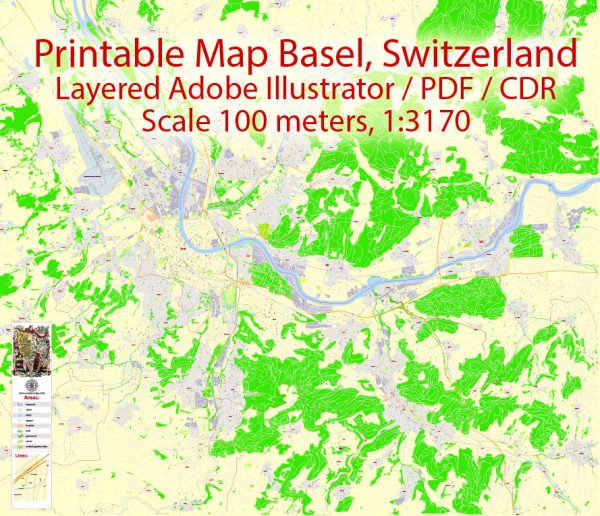
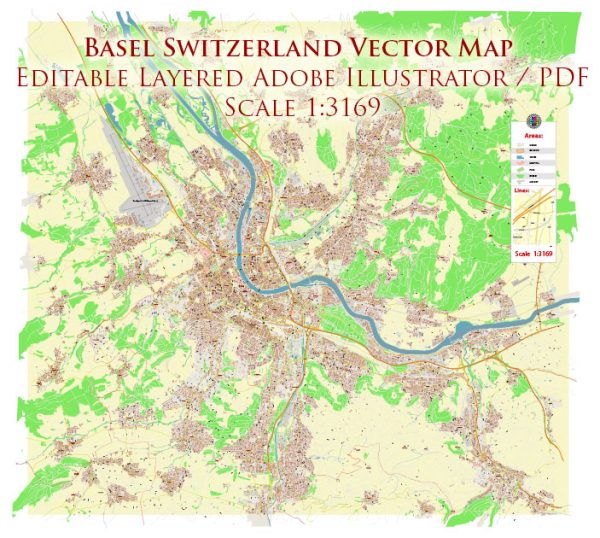
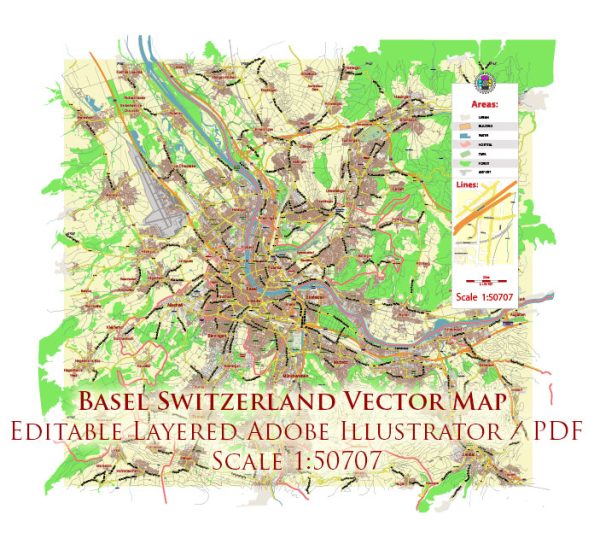
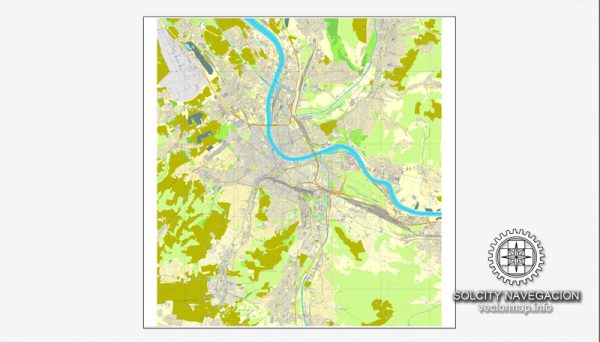
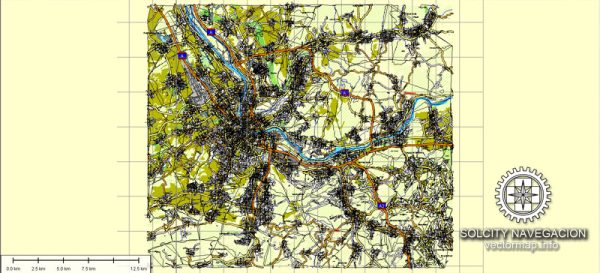
 Author: Kirill Shrayber, Ph.D.
Author: Kirill Shrayber, Ph.D.